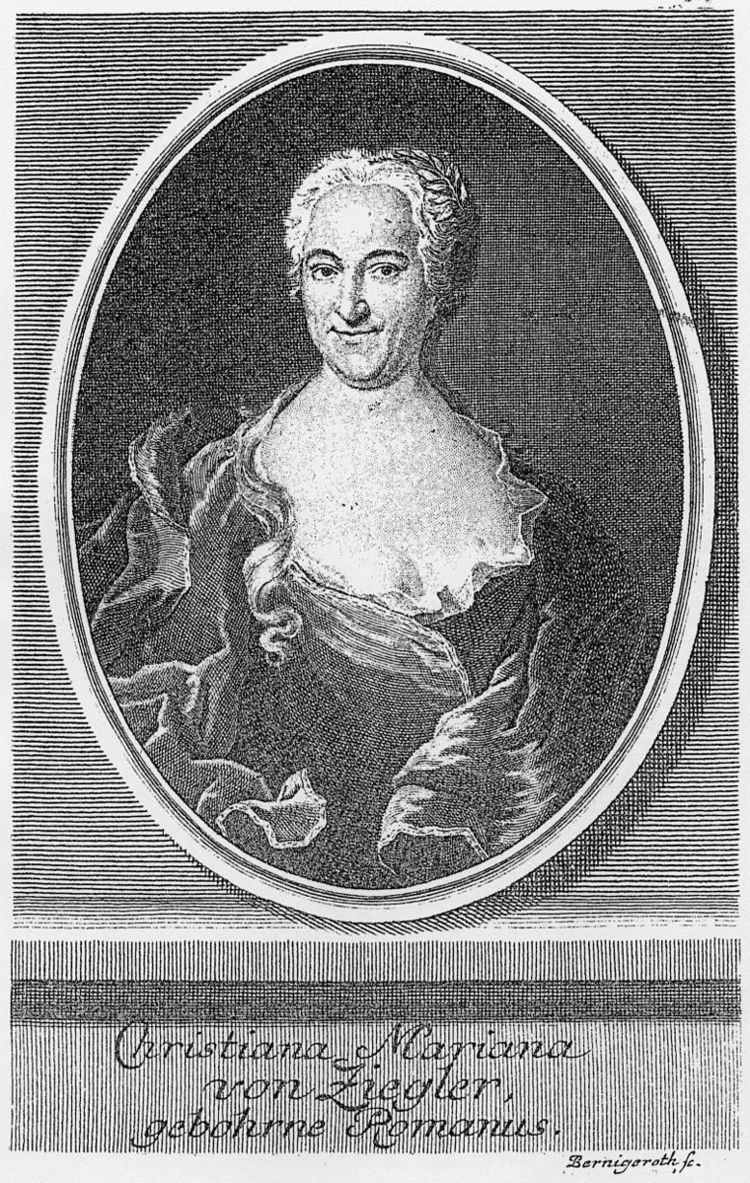Occasion Exaudi Bible text John 16:2 | Movements 5 | |
 | ||
Cantata text | ||
Sie werden euch in den Bann tun (They will put you under banishment), BWV 183, is a church cantata by Johann Sebastian Bach. He composed it in Leipzig for Exaudi, the Sunday after Ascension, and first performed it on 13 May 1725. The work includes some unusual woodwind scoring, two oboes da caccia and two oboes d'amore.
Contents
History and words
Bach wrote the cantata in his second year in Leipzig for the Sunday Exaudi, the Sunday after Ascension. The prescribed readings for the feast day were from the First Epistle of Peter, "serve each other" (1 Peter 4:8–11), and from the second Farewell discourse in the Gospel of John, the promise of the Paraclete, the "Spirit of Truth", and the announcement of prosecution (John 15:26–16:4).
Some of the cantatas composed by Bach in his second year were chorale cantatas, a format he chose for services between the first Sunday after Trinity and Palm Sunday. For Easter he had returned to cantatas on more varied texts. Nine of the cantatas for the period between Easter and Pentecost are based on texts of Christiana Mariana von Ziegler, including this cantata. Bach later assigned it to his third annual cycle. Ziegler begins the cantata with the same quotation from the gospel as an unknown poet one year earlier in Sie werden euch in den Bann tun, BWV 44, the prediction of persecution of Christians. "They will put you under banishment, but the time will come, when, whoever kills you will think that he does God a service by it" (John 16:2). She continues stressing the lack of fear possible for a follower who relies on "Jesu Schutzarm" (the protective arm of Jesus). In movements 3 and 4 she refers to the beginning of the gospel, the spirit who will assist. The closing chorale is the fifth stanza of Paul Gerhardt's "Zeuch ein zu deinen Toren".
Bach first performed the cantata on 13 May 1725.
Publication
Bach´s music was not published until 1891 when it appeared as part of the first complete edition of the composer´s work, the Bach-Gesellschaft-Ausgabe. The editor of the volume in question was Alfred Dörffel.
Ziegler published the text in a collection of her work, along with the other ones set by Bach. These printed versions are slightly different from the texts used in the cantatas, and this is believed to be the result of the composer modifying the libretti with which he was presented. In the case of Sie werden euch in den Bann tun the differences between the printed version and that set by Bach are less than in the preceding cantatas such as Auf Christi Himmelfahrt allein, BWV 128.
Structure and scoring
Bach structured the cantata in five movements, beginning with what John Eliot Gardiner describes as a "curtain raiser", a line from the gospel set as a recitative. This is followed by a sequence aria–recitative–aria, and the cantata is concluded by a four-part chorale. Bach scored the work for four vocal soloists (soprano, alto, tenor and bass), a four-part choir only in the closing chorale, and a Baroque instrumental ensemble in an unusual combination of instruments, two oboes d'amore (Oa), two oboes da caccia (Oc), two violins (Vl), viola (Va), a violoncello piccolo (Vp) and basso continuo.
In the following table of the movements, the scoring follows the Neue Bach-Ausgabe. The continuo, playing throughout, is not shown.
Music
In the first movement the words of Jesus are given to the bass, the voice type which by convention was the vox Christi (voice of Christ). A year earlier (in Sie werden euch in den Bann tun, BWV 44), Bach rendered the announcement of Jesus in a two-part movement, a duet for bass and tenor followed by an agitated chorus. In this cantata, he sets it as a recitative of only five measures. The instrumentation is novel, having long chords of the four oboes, two oboes da caccia and two oboes d'amore, accompany the voice above a pedal point held by the continuo. This creates a "sepulchral" sound. The Bach scholar Christoph Wolff notes that this "opulent oboe scoring" with all four oboes playing together is used only in the two recitatives (1 and 3).
The second movement, the first aria, is the longest of the work. Although the part for violoncello piccolo is written in the alto clef, it is an instrument with a tenor-bass range. The "dark and shaded" timbre of the movement has been seen as representing the protection provided by Christ. Denying the fear of the threatening death, the violoncello piccolo plays continuous runs.
Movement 3 is again a recitativo accompagnato, even more complex than the first one; the strings play long chords, whereas all the oboes repeat the same four-note motif throughout the movement, sung by the alto on the words "Ich bin bereit" (I am ready).
The second aria is accompanied by the strings and the two oboes da caccia in unison as obbligato instruments, thus both arias are dominated by instruments with a relatively low range (oboes de caccia having a pitch below that of a normal oboe).
The cantata is closed by a four-part chorale on the tune "Helft mir Gotts Güte preisen".
Selected recordings
The selection is taken from the listing on the Bach-Cantatas website. Choirs are roughly marked as large by red background to one voice per part (OVPP) by green background, orchestras from large (red) to period instruments in historically informed performances (green).
